.
We do not want merely to see beauty, though, God knows, even that is bounty enough.
We want something else that can hardly be put into words—
To be united with the beauty we see, to pass into it,
To receive it into ourselves, to bathe in it,
To become part of it.
C.S. Lewis
.
By KEN WHITT
Contributing Columnist
We live among the beautiful hills, farms, forests, gorges and waterfalls of the Hocking Hills region of southeastern Ohio. Our lives are sustained by this luxurious canopy of life.
This sustenance is more than simply good. It is utterly necessary.

Click this cover image to visit the book’s Amazon page. Ken Whitt’s new book is available in hardcover, paperback and Kindle eBook versions. The book also is available via Barnes & Noble, Walmart, Powell’s Books and many other online bookstores.
We long to actively participate in the creation of beauty. My wife Kathy weaves stunning rugs on one of her two looms. I create wood art in my workshop.
These activities are more than simply good. They are utterly necessary.
Why do I stress those words? Because so much that is beautiful is passing away. So must that is lovely, scenic, gorgeous and magnificent is passing. Will my grandchildren see the glaciers or the redwoods or the reefs?
Utterly necessary? This very day, grief threatens to overwhelm us—we who are among the most blessed and privileged. Scientists—and reports in publications like National Geographic—tell us that the overall bird population across North America is declining. My neighbors and I have noticed that song birds are suddenly gone from our back yard and much of this region.
There are so many sources for our grief in the midst of this pandemic. Just recently another traumatic loss pierced our lives, lives that we anxiously hoped were inoculated against such tragedy by the miracles of medicine.
If your visit our home, you might be tempted to think of us as strange folks. You couldn’t miss two large compost bins, one waiting for the spring when it will provide nutrients to our organic garden. You would certainly notice the 330 gallon water tank that is about to become part of a rain-collection system. Wood piles line the front of the house to feed our just-installed wood stove. We are adapting to the many intersecting predicaments that threaten our world. We are growing some of our own food—and canning fruits and vegetables, while knowing full well that we cannot be sure what adaptations are most needed, or how soon.
In the meantime, we absorb and create beauty.
Why do we devote time to creating beauty?
Let me tell you about a recent experience.
One morning, I was sitting on my porch at the start of what promised to be a beautiful day. However, I was deep in grief at so many levels that I had stopped trying to keep track of them.
I had kept trying to avoid them all, but such an effort is exhausting. I had barely dragged myself into this new day and had pressed myself into prayer. Finally, striving to remember God’s love and the safety I feel when I connect with God, I began to weep.
Various layers of grief caught my attention, one after the other. All I had to do was silently cry out, “I miss you!” Grief took over again. Each grief evoked its unique expression, yet each also led me deeper and deeper into God’s embrace—until I was spent and began to just rest.
“Come to me, all you who labor and are heavy laden, and I will give you rest,” Jesus says.
Eyes closed. Stomach tension gone. Breathing softly. Resting.
Suddenly, I realized that from within the inner quiet I was seeing images. New patterns, new combinations of color and design—new projects waiting for me to see if they could be created in my woodworking shop.
“I’ve never done that before. Is that even possible? How can I know unless I try?”
As a direct result of what I saw as I rested—only after I had grieved and prayed—I found myself, over the next few days, magnetically drawn into my workshop at every opportunity. I began playing with new ideas, staring long and hard at the various woods that are found on dozens of my shelves and smaller pieces in a plethora of boxes.
I was seeing this wood as an artist and, at the same time, kept asking: Why? What is the good of this calling to creativity?
Apparently, it is healing!
Creativity can be birthed in suffering, because suffering sees reality through God’s eyes. Possibilities of beauty are hidden when we hide from the shadows. Beauty, as Brian Zahnd says in the title of his book, Beauty Will Save the World.
How can that possibly work? Well, for one thing, creating beauty and seeing beauty may cause us to fall in love, finally, or all over again, with the creation.
Can falling in love with the creation compel us to stop destroying it? Falling in love with the creation, spending time creating, draw forth every last ounce of beauty from the creation, just might compel us, at last, to action to help preserve the wonders of our earth.
And a Reminder from Isaiah 41
From the era of the Babylonian Exile, more than two millennia ago, comes this reminder that all of humanity are caught up in this divine process:
When the poor and needy seek water,
and there is none,
and their tongue is parched with thirst,
I the Lord will answer them,
I the God of Israel will not forsake them.
I will open rivers on the bare heights,
and fountains in the midst of the valleys;
I will make the wilderness a pool of water,
and the dry land springs of water.
I will put in the wilderness the cedar,
the acacia, the myrtle, and the olive;
I will set in the desert the cypress,
the plane and the pine together,
so that all may see and know,
all may consider and understand,
that the hand of the Lord has done this,
the Holy One of Israel has created it.
Let’s look at the hearts of these trees
Here are more of Ken’s photos from his woodworking shop.
Care to Learn More?
Ken Whitt’s book God Is Just Love is full of stories like this one. How can people of faith foster love and resilience in our children while building sustainable, diverse communities? That’s the big question Ken Whitt’s new book answers in light of the many threats looming in our world. Through wisdom he has gleaned from scientists, scholars and lots of real families, Ken shows how God’s love is a hopeful compass in our lives. He encourages enjoying stories, songs and explorations of the natural world with children, and closes with “100 Things Families Can Do To Find Hope and Be Love.”
You’ll also find lots of stories, columns and videos at the homepage for Ken’s ministry group: Traces of God Ministries. While you’re visiting that website, please sign up for Ken’s free email updates, which contain inspiring reflections, columns and updates that Ken shares with his readers.
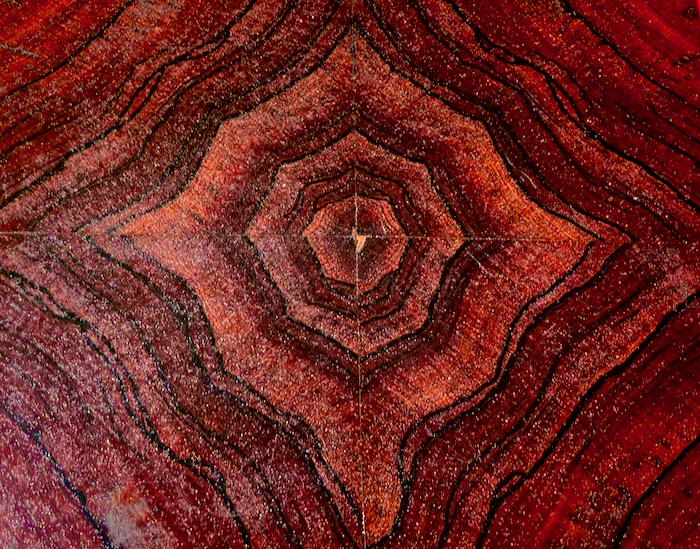
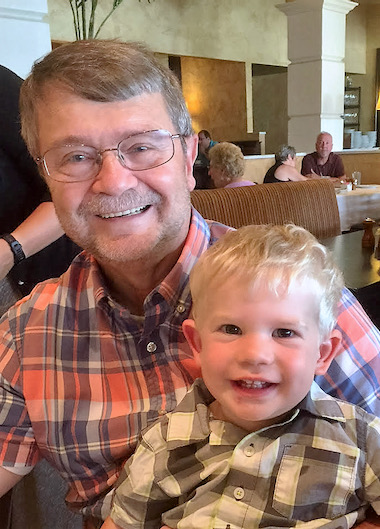
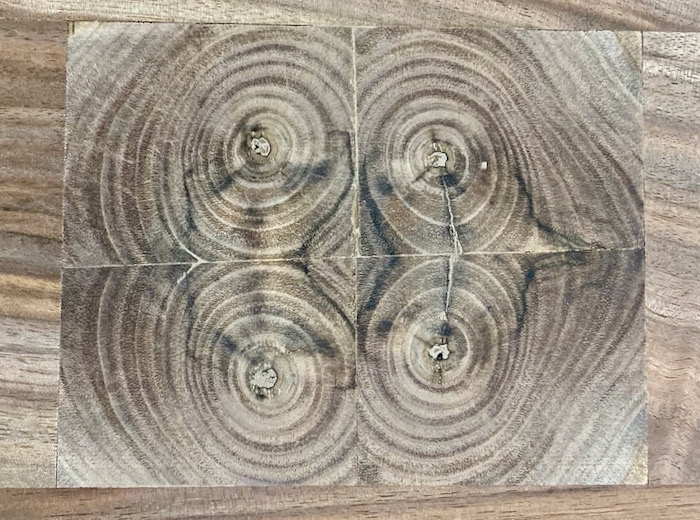
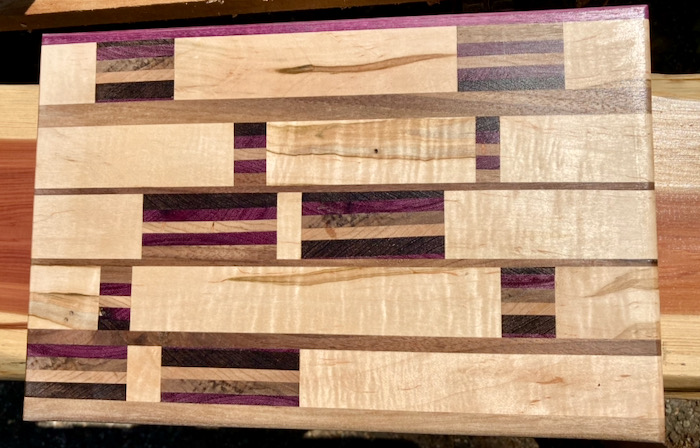
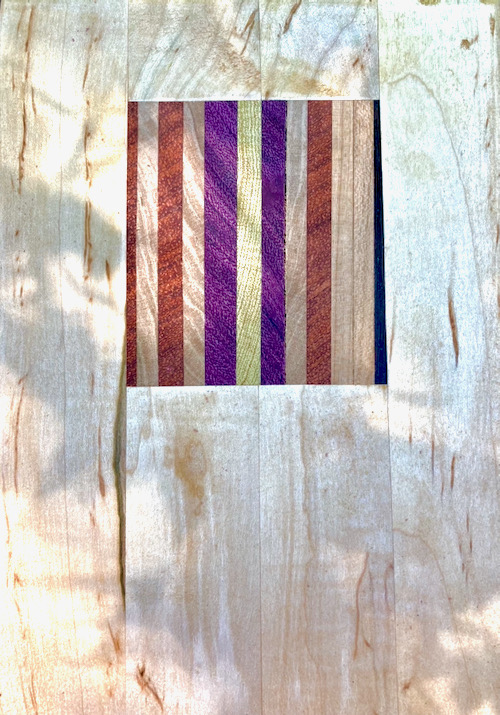
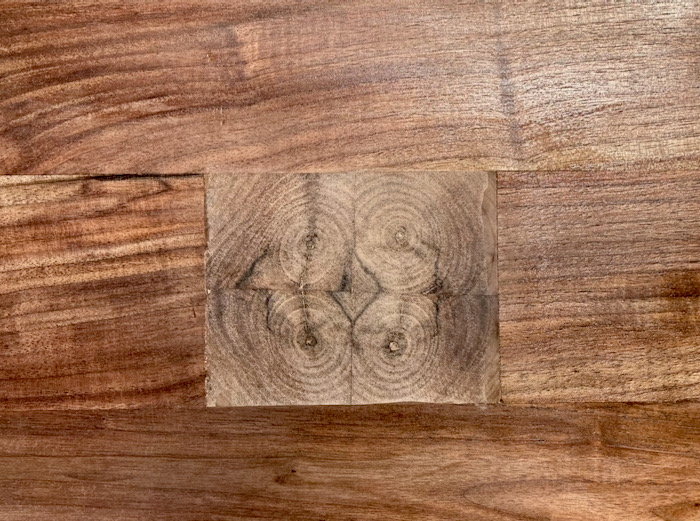
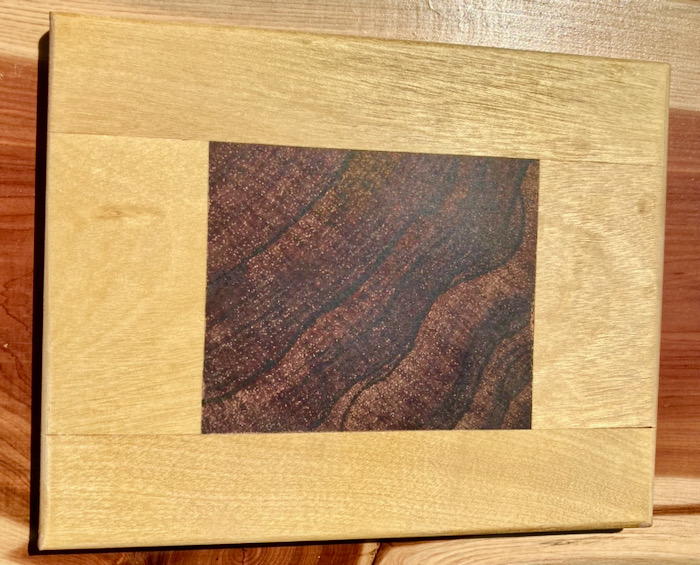
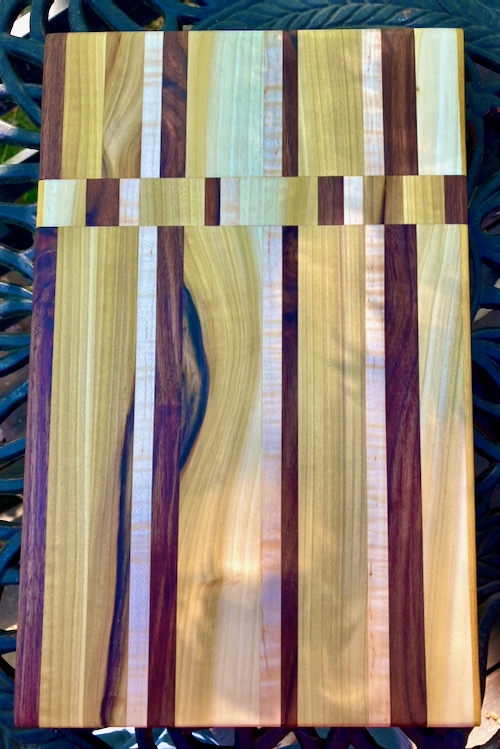

Ken, these are gorgeous! The last two especially move me with their color, simplicity and beauty. Just as the wood itself is Spirit-made, your handiwork also carries thumbprints of the holy. Thank you for sharing your many creative gifts with me — with all of us in the Read the Spirit community!
Thanks Larry for the affirmation. I call my enterprise, spirits imprint, and a card with that title is given with each gift that describes the meaning and the care needed for the product.